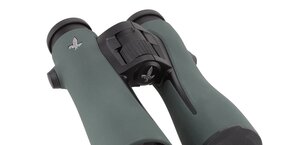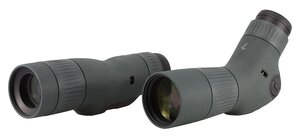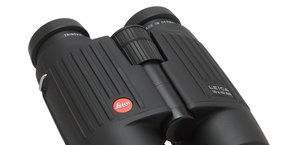Review of the Vortex Razor HD 13-39x56 spotting scope
3. Optical properties
The prisms are arranged in a roof system and have been implemented with dielectric and phase coatings. This is intended to significantly limit light loss and ensure high light transmission throughout the entire instrument.
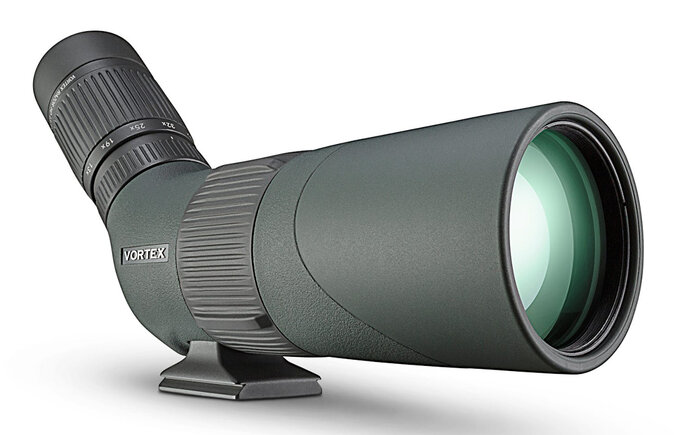 |
Please Support UsIf you enjoy our reviews and articles, and you want us to continue our work please, support our website by donating through PayPal. The funds are going to be used for paying our editorial team, renting servers, and equipping our testing studio; only that way we will be able to continue providing you interesting content for free. |
- - - - - - - - - - - - - - - - - - - - - - - - - - - - - - - - - - - - - - - - - - - - - - - -
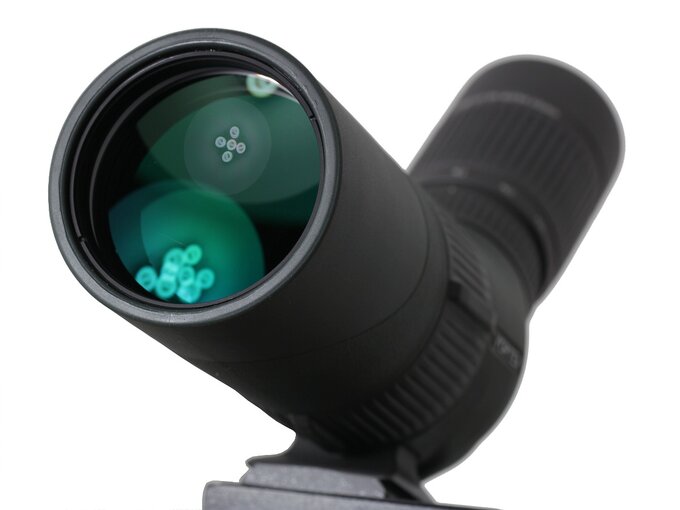 |
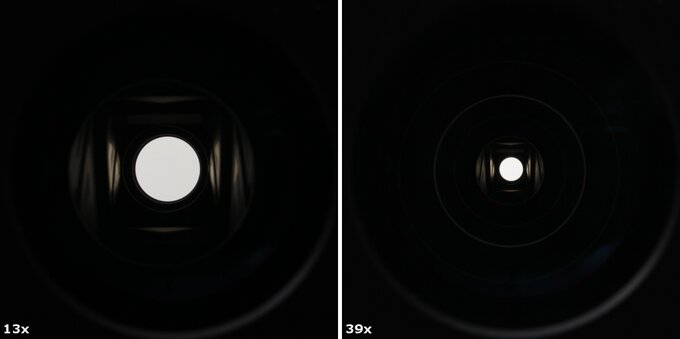 |
When it comes to correcting basic optical aberrations, the Razor HD performs really well. The image color is neutral, with no significant color casts visible. Sharpness and resolution in the center of the field are very good, irrespective of the magnification. As for the edge of the field, at 13x and 25x magnification, sharpness is maintained practically all the way to the diaphragm, which cuts off beautifully and sharply from the background. It's slightly worse at maximum magnification, where a slight blur is visible in the last 10-15% of the field near the very edge.
Chromatic aberration in the center is low. There's a slightly higher chance of spotting it at 13x and 39x magnification, while we recorded its lowest level in the middle of the magnification range. The edge of the field, however, leaves much to be desired in this regard. Chromatic aberration there is clearly greater than average, and again, it's worst at the extremes of the magnification range and best in the middle. Unfortunately, the size-constrained variable eyepiece must have some weak points, and correcting chromatic aberration at the edge of the frame is precisely the compromise the Razor's optical designers opted for.
Regarding distortion, it increases slightly with magnification. At 13x, it's practically imperceptible; at 25x, a minimal "pincushion" appears, becoming slightly more pronounced at maximum magnification. However, in all cases, we can only speak of a minor level of this aberration at most.
 |




